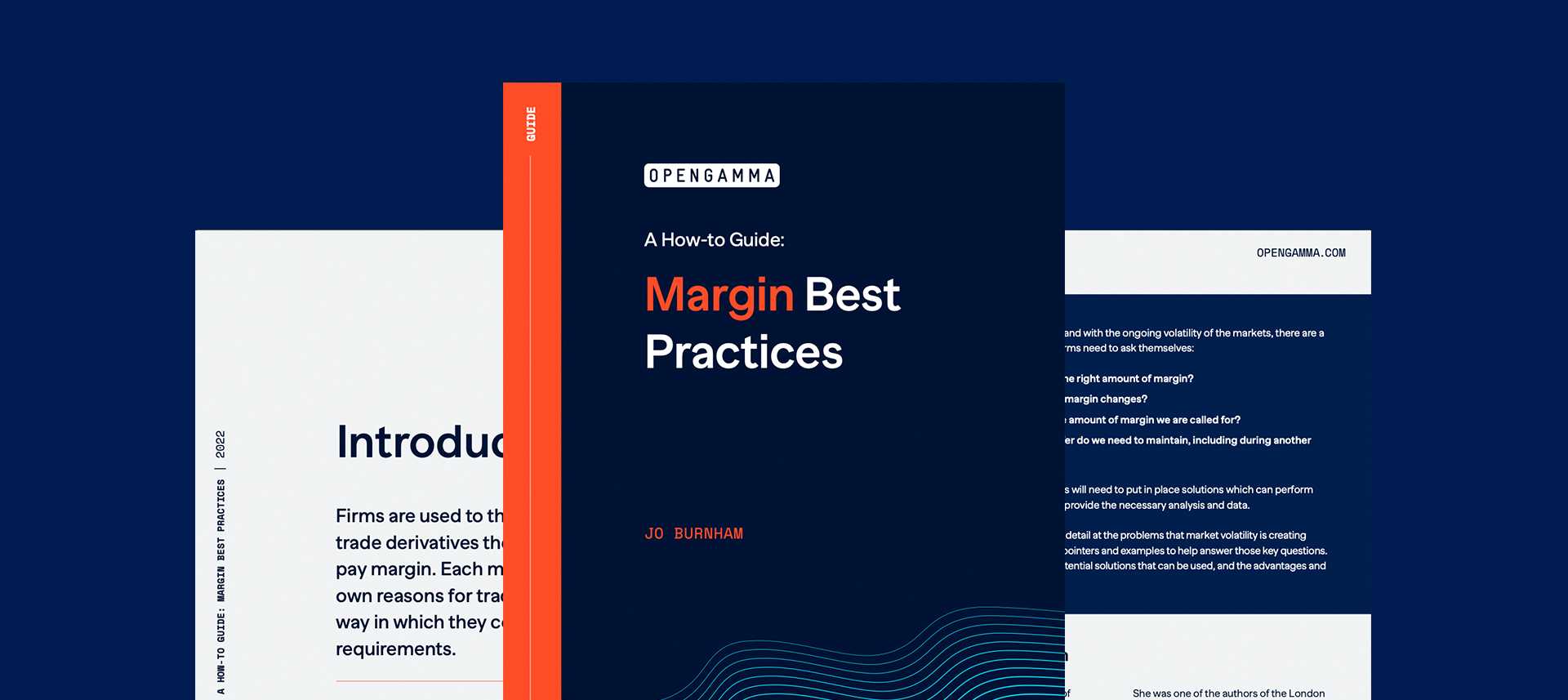For Brent Crude, because of the term structure of the contract, the more complex SPAN Strategy Spreads, initially developed for Short Term Interest Rate contracts, are used as part of the calculation of Intra Commodity Spreads. These add yet another layer of uncertainty to the eventual margin requirements. The way that the algorithm finds strategies, for example butterflies or condors, and allocates charges to them means that even a small change in positions can lead to a jump in margin requirements. We look at why this occurs and the impact it can have.
Introduction To SPAN Methodology
Oil contracts such as Brent Crude or WTI can be traded across multiple years – for example up to 96 expires for Brent Crude Futures may be listed on ICE at any one time. In addition, there are many combination products available for trading, for example spreads between Brent and WTI Midland.
The SPAN methodology currently used to calculate the margin on these markets was developed when the products available for trading were much simpler and were not traded as far along the curve. Over the years, adaptations have been made to the algorithm to try and cover this additional complexity, ensuring that the margin calculated correctly represents the risk.
One of the main adaptations made to SPAN to allow for this trading across multiple expiries has been Strategy Spreads. They were originally developed at the request of traders in the Short Term Interest Rate market who felt that they were being overly penalised for the strategies they were trading, such as butterflies and condors. The spreads are calculated as a specialised form of Intra Commodity Spreads, adding a spread charge to the margin for particular offsets to compensate for the fact that the Scanning Loss calculation within SPAN works on the assumption that all expiries move in the same direction
The way that the spreads work is by identifying groups of positions that make up a strategy and applying a charge. These positions are then removed and a new set of positions is determined and a charge applied. This process continues until no more strategies can be identified.
And this is where the bit that may mean that your margin isn’t what you expected comes in. The strategies are defined in priority order, with each strategy consisting of a number of expiries (usually 3 or 4), along with the amount and direction of the position that is required in each of the expiries. There are two ways that this may not result in the margin that you expected:
The Strategy Found Isn’t the One Traded
SPAN doesn’t know how a position is created or the strategies that have been traded. All it understands is the total position in each expiry. As it steps through the portfolio it will find positions that match the defined strategies, and it is highly likely that they will not be the ones that you traded. This may also mean that you end up with outright positions that you don’t expect as you originally traded them as part of a strategy. And this could lead to a higher margin than expected.
Consider the following as an example:
Trade a butterfly in the 2nd, 3rd and 4th expiry months:
Position:
Long 1 expiry 2
Short 2 expiry 3
Long 1 expiry 4
Intra Commodity Spread Charge = $111
Add a spread between the 4th and 5th expiry months:
Trade:
Short 2 expiry 4
Long 2 expiry 5
On a standalone basis this spread has a Intra Commodity Spread Charge = $207
Total expected charge = $111 + $207 = $318
When these are combined:
Position:
Long 1 expiry 2
Short 2 expiry 3
Short 1 expiry 4
Long 2 expiry 5
SPAN will first find a condor trade between expiries 2, 3, 4 and 5
Intra Commodity Spread Charge = $206
And then a spread between expiry 3 and expiry 5
Intra Commodity Spread Charge = $302
Total actual charge = $206 + $302 = $508
This is an increase of $397 for adding a spread – almost double the expected increase.
The Priority Order Isn’t Optimal
The normal assumption is that the way in which Intra Commodity offsets, including Strategy Spreads, are prioritised is optimised to minimise the margin requirement. This would mean that they are prioritised by the lowest spread charge first.
However, our analysis has shown that this often isn’t the case. Because of the complexity of analysing and defining these spreads – Brent Crude on ICE has over 2,000 defined – it is clear that CCPs often try to simplify the process. We have seen examples where strategies are prioritised by type, for example monthly condors in expiry order followed by monthly butterflies. This means that a strategy with a higher charge can easily have a lower priority than one with a lower charge. And depending on how positions are assigned to these strategies the resulting margin can be higher than absolutely necessary.
The Future
Unfortunately there isn’t likely to be a change to the way that SPAN margins strategies. With the current improvements in technology, in particular advancements in Artificial Intelligence, it would be nice to think that enhancements could be made to ensure that strategies are correctly identified and margin optimised.
But as all the CCPs are now concentrating on their moves away from SPAN and into VaR based algorithms, where this issue disappears as offsets are inherent within the scenarios, then traders need to ensure that they understand the possible pitfalls of this part of the methodology.
The best way of ensuring that you don’t get caught by an unexpected jump in margin is to perform a pre-trade what-if analysis. This is particularly important for smaller portfolios based on a small number of strategies where the impact can be significant.




